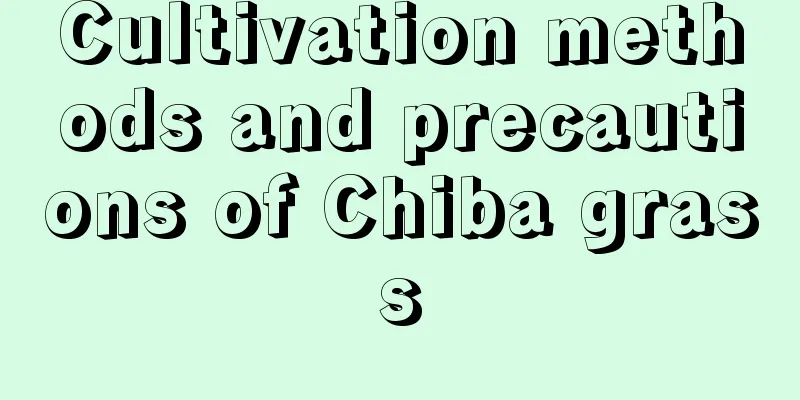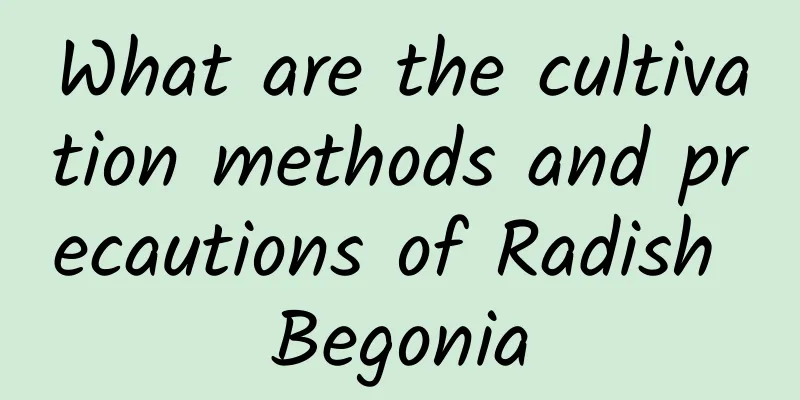Cultivation methods and precautions of Chiba grass

1. TemperatureThe growing environment of clover should be 20-24℃. The maximum temperature should not be higher than 30℃, otherwise it will stop growing and the leaves will easily turn yellow. The minimum temperature should not be lower than 5℃. The temperature should be adjusted appropriately in winter. It is best to keep it indoors. Only when the temperature is kept above 10℃ can it survive the winter normally. 2. LightingIn order to ensure that clover receives adequate light, avoid insufficient light in winter and provide it with light in time to prevent the leaves from fading in color. In summer, provide appropriate shade and avoid direct sunlight, which can easily burn it. 3. WateringThe soil in the pot should always be kept moist, but there should be no water accumulation. In autumn, watering should be reduced appropriately to improve its resistance to cold. In spring and summer, sufficient water should be ensured. You can use a spray bottle to spray some water to increase the humidity of the growing environment. 4. FertilizationThere is no need to apply too much fertilizer. Just apply thin liquid fertilizer once half a month during the growth period. It is best to use nitrogen fertilizer as the main fertilizer, and the amount of fertilizer should not be too large. 5. Notes1. Pruning: In order to make the clover more ornamental, old and diseased leaves should be pruned off in time, which can also reduce nutrient consumption to a certain extent. 2. Repotting: It grows very fast, so you should repot it in time after it fills the pot. Generally, you should repot it every two years, which will help it grow better. |
<<: How to cultivate Lan Dai Lian
Recommend
What are the benefits of raising Haworthia striata at home?
The ornamental effect of striped Haworthia Hawort...
These large green plants with great meanings must have a pot at home
Ficus microcarpa Fiddle-leaf fig is Huahua's ...
How many years does the red fruit tree bear fruit?
The red fruit tree has been planted for several y...
What is the language of water lilies and what does it mean to send them as gifts?
1. Flower Language The flower language of water l...
How to make the leaves of the weeping angel bigger
1. Give sunshine If you want to make its leaves g...
There are several colors of bougainvillea
1. Morphological characteristics Its flower branc...
How to plant peony seedlings? How much does a peony seedling cost?
1. Planting method 1. Time: The best time to plan...
Cicada breeding technology
The golden cicada is commonly known as the cicada...
The propagation and cultivation method of Syngonium
Reproduction method Cutting propagation Cuttings ...
How to sow evening primrose
Time Selection In the north, seeds are sown in sp...
How to plant water lotus? Planting time and method
Water lotus planting time Water lotus should be p...
Cultivation methods and precautions of Luwei flower
1. Watering It is a succulent plant. Although its...
Difference Between Mallow and Hollyhock
Plant morphology Mallow is a biennial or perennia...
The efficacy and function of Lianchi
1. Antibacterial Lianchi has antibacterial effect...
Why do the leaves of creeper always point downwards? How does creeper climb?
1. Why do the leaves of creeper always point down...









